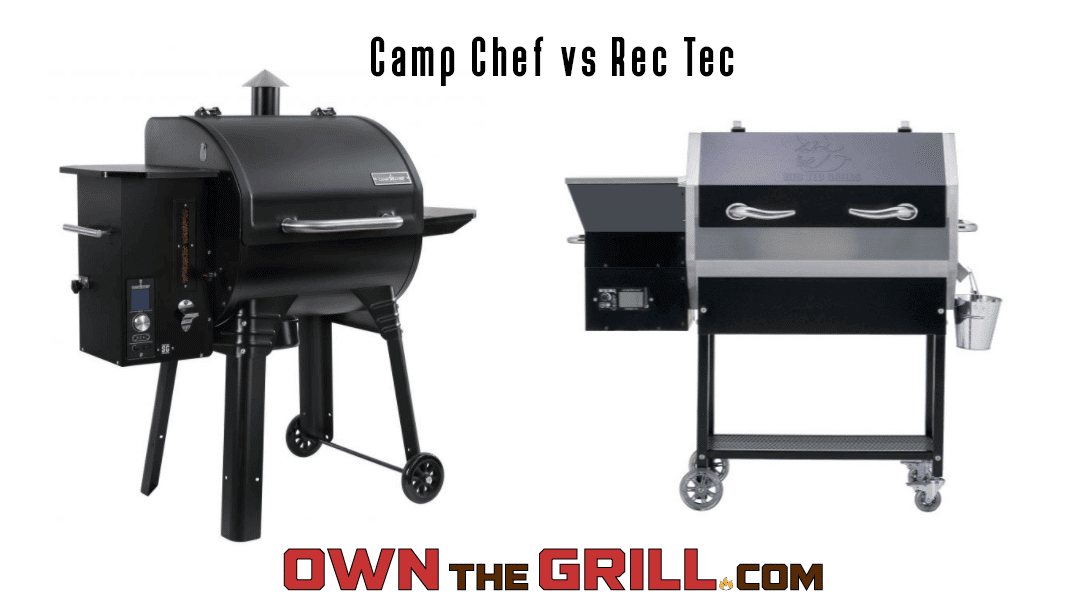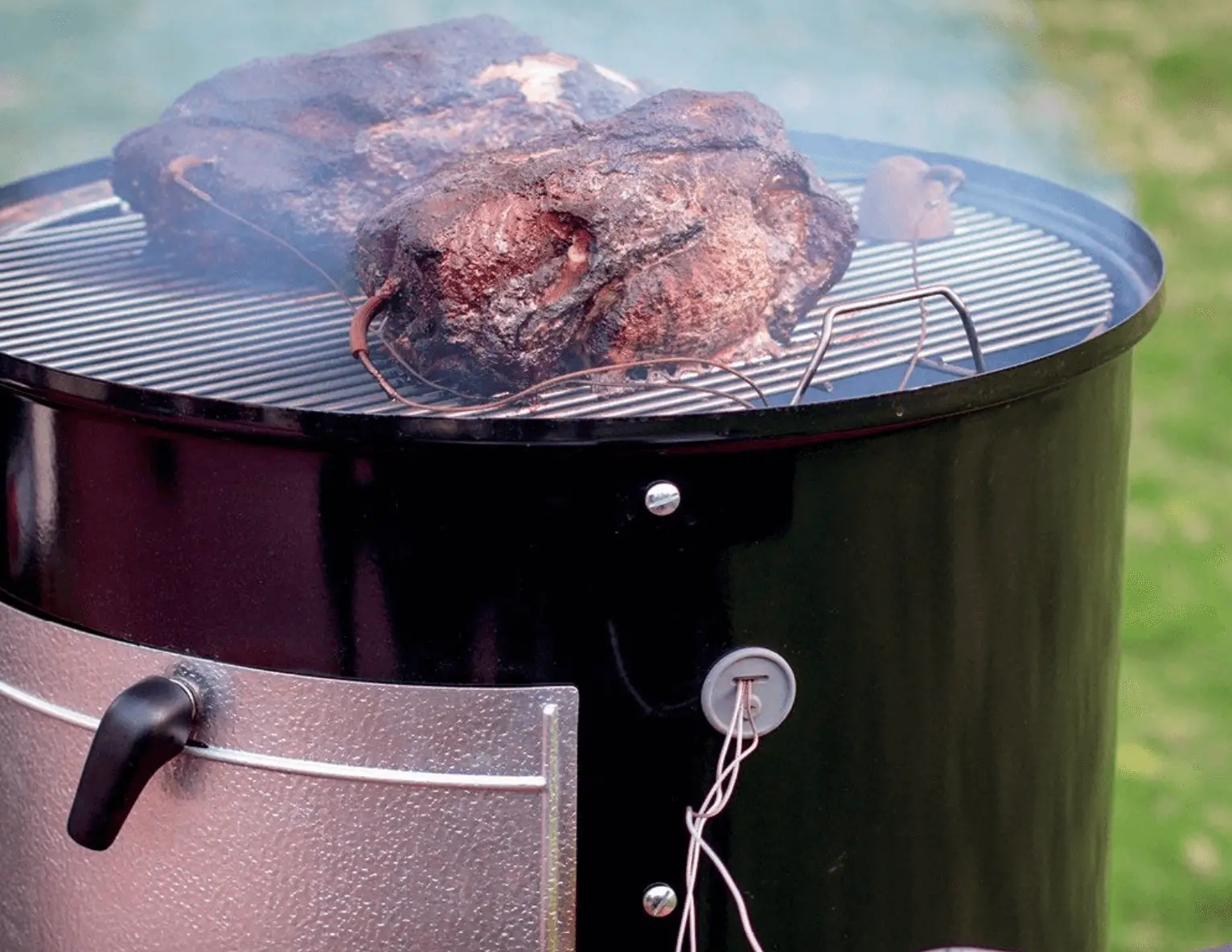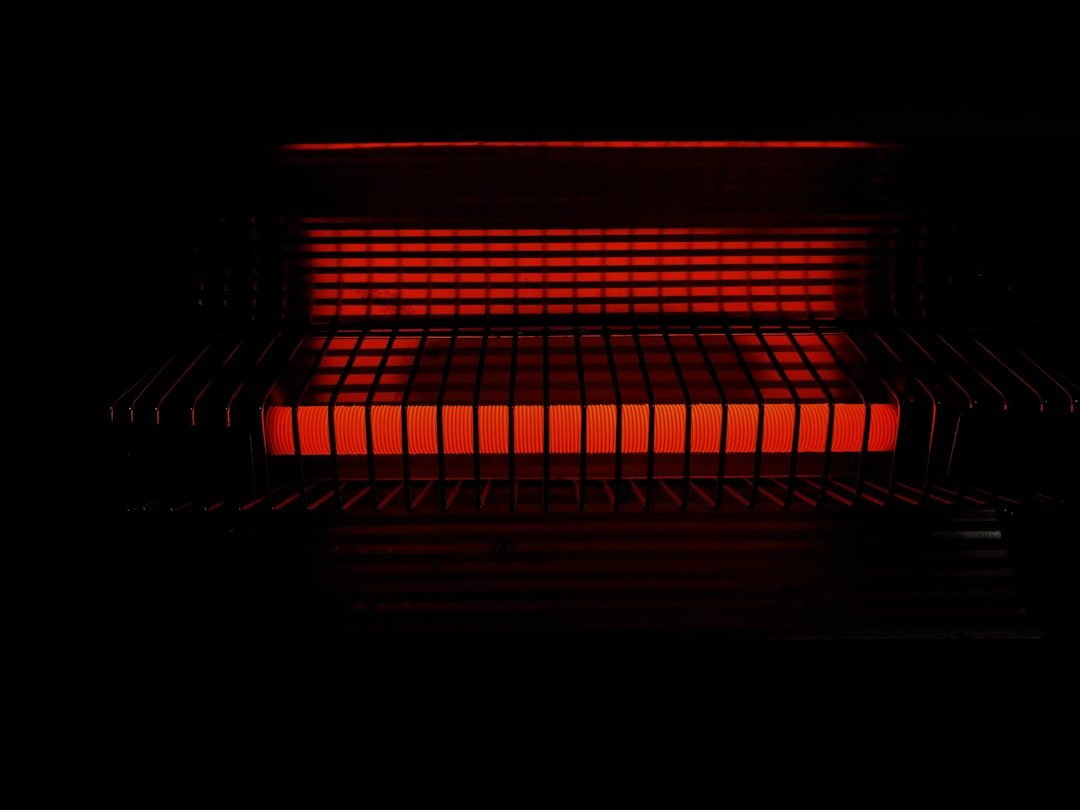Pink butcher paper has quickly become a must-have accessory for BBQ enthusiasts. Originally used by butchers to wrap fresh meat, it’s now a favorite among pitmasters for smoking meats—especially brisket. Let’s dive into what makes pink butcher paper special, how it compares to foil and freezer paper, and when to use it.
What is Pink Butcher Paper?
Pink butcher paper, often called “peach paper,” is an unbleached, unwaxed kraft paper. Made from virgin wood pulp, it’s FDA-approved for food contact, strong when wet, and heat-resistant up to around 400°F.
Key characteristics:
- Unwaxed and breathable—allows moisture and smoke to pass through.
- Durable and tear-resistant—maintains integrity during long cooks.
- Naturally colored—unbleached with no additives.
Why Pitmasters Love Pink Butcher Paper
Pink butcher paper solves the BBQ “stall” problem during long cooks. Wrapping meat helps push past temperature plateaus, but foil can trap steam, making bark soggy. Butcher paper lets excess moisture escape while holding in enough heat, maintaining a crispy bark and rich smoky flavor.
Aaron Franklin’s Influence
Pitmaster Aaron Franklin popularized pink butcher paper by showcasing it in his award-winning brisket recipes. His endorsement turned butcher paper from a niche tool into a BBQ staple.
Butcher Paper vs. Aluminum Foil for Brisket
Both foil and butcher paper speed up cooking during the stall, but they produce different results:
- Aluminum Foil: Creates an airtight seal, quickly steaming meat. Ideal if you prioritize tenderness or faster cook times but sacrifices bark texture.
- Pink Butcher Paper: Allows meat to breathe, preserving the bark and enhancing smoke flavor. It takes slightly longer but delivers a superior texture and taste.
For maximum bark and smoky flavor, go with pink butcher paper. For speed and maximum moisture retention, foil works best.
Butcher Paper vs. Freezer Paper
Freezer paper is not suitable for smoking meats. It’s coated on one side with plastic or wax to prevent moisture loss during freezing. At smoking temperatures, this coating can melt, making it unsafe for cooking. Always choose pink butcher paper for BBQ.
Best Meats to Wrap in Pink Butcher Paper
- Beef Brisket: The prime choice, delivering juicy meat with crunchy bark.
- Pork Shoulder: Great for pulled pork; paper maintains a firmer bark than foil.
- Ribs: Ideal for those who prefer ribs with some bite rather than “fall-off-the-bone.”
- Beef Ribs: Helps retain moisture without softening bark excessively.
Popular Pink Butcher Paper Products
Consider these reliable options for your BBQ needs:
- Reynolds Kitchens Pink Butcher Paper: Easy dispenser box, trusted brand.
- Traeger Pink Butcher Paper: Heavy-duty with branded aesthetics.
- Our Favorite: Bryco Goods Pink Butcher Paper: Extra-wide, great value and durability.
- Meat Hugger Butcher Paper: Convenient cutter included, excellent for frequent users.
- Oklahoma Joe’s Peach Butcher Paper: Premium paper from a respected BBQ brand.
Final Thoughts
Pink butcher paper balances moisture retention and bark preservation, making it a BBQ essential. Thanks to expert endorsements and proven results, it’s now a staple in BBQ culture. Next time you’re smoking brisket, ribs, or pork shoulder, wrap it in pink butcher paper to elevate your BBQ game.
Discover more from Own The Grill
Subscribe to get the latest posts sent to your email.






